IT modernization is among the crucial aspects in the daily growing world, and cloud computing is among the strategies implemented to improve the same. Cloud computing comes with a lot of services for organizations and businesses. Such services help optimize expenditures and cut down unnecessary costs. With the onset of these cloud computing services, many firms and companies saw a more significant transition that involved cloud migration. For instance, according to statistics, the entire cloud migration service market expects tremendous growth in the coming years. The demand for cloud migration is estimated to be around 181.29 billion this year. It is anticipated to grow at a CAGR of 28.24% throughout the projected period, reaching 628.83 billion in the following five years.
Among the services provided under cloud computing or migration is SaaS. It is one of the most widely adopted services in the cloud computing segment. Businesses that have adopted this cloud computing service cut down the upfront costs associated with the technicalities of maintaining and managing applications at a personal level. Companies adopting SaaS do well, delivering core business software solutions with new capabilities.
Moving current apps and systems to SaaS platforms has become crucial as firms want to take advantage of SaaS’s advantages. However, SaaS migration requires careful planning and execution to ensure a seamless transition. This piece offers an in-depth guide on effectively carrying out a SaaS transfer.
Understanding SaaS
SaaS is a cloud-based software authorization and dissemination approach in which apps and software are made accessible online on a pay-as-you-go basis. SaaS eliminates the conventional on-premises software paradigm where a client purchases a license once, along with any associated service and update costs, and operates the program individually. SaaS companies create, support, and uphold cloud applications and the infrastructure, servers, databases, and software needed to deliver them. Along with other services (IaaS and PaaS) provided under the same wing, software as a service constitutes one of the three primary kinds of cloud-based computing. It offers services for crucial business processes like human capital administration, promotional activities, supply chain management, etc.
Although SaaS has been around for a while, it is currently the most popular option for businesses to buy and utilize software. Many factors contribute to the change in companies favoring teams desiring continuous technological advances, staffers anticipating ubiquitous internet access, and users hoping for mobile access to their business apps have all significantly impacted, making SaaS an ideal alternative for many businesses on monetary grounds.
SaaS Migration: Why You Need it
Organizations that employ a conventional on-premises infrastructure can set up their servers, PCs, and data centers to house their software. SaaS enables companies to switch to a paradigm whereby software is primarily managed through a cloud service provider. With SaaS, businesses can easily add additional functions and applications sans making significant initial investments in infrastructure or hiring IT professionals to install and manage the apps’ underlying software. By switching to a SaaS business model, enterprises can opt for services with a monthly fee, lowering the deployment’s upfront costs. This also eliminates the requirement to buy large quantities of software licenses. SaaS saves businesses from the undesirable software update cycle, wherein they must choose whether to do an expensive and time-consuming update to access the new capabilities of the most recent version. On the contrary, cloud service providers regularly upgrade the application’s security and add new features online.
Benefits of SaaS Migration
By drastically decreasing the assets needed to set up, administer, and update software, SaaS offers significant benefits to businesses. SaaS enables users of apps to utilize information and apps from any location. The following are a few advantages of SaaS migration:
-
Greater focus on IT innovation
SaaS frees IT staff from administering on-premises software and equipment to concentrate on innovative processes and process enhancements. SaaS also reduces organizations’ need to invest heavily in expensive data center hardware and networking equipment.
-
Faster deployment speeds
The typical on-premises installation process takes a while since it involves configuring data center infrastructure and tailoring the software to a broad list of specific business needs. Teams may see the system functioning in days or weeks using SaaS since users need a browser to access the service, and industry best practices are built in. That implies quicker adoption.
-
Critical security strategies
Cloud hosting services are created to meet privacy requirements and assist in protecting confidential information. For assistance in staying current on dangers to security, patterns, and the most recent vulnerability fixes, cloud providers should invest in knowledge and automation.
-
It cuts down on unnecessary costs
SaaS entails reduced initial upfront costs by having third-party suppliers create, host, update, and maintain software. SaaS also helps companies to go from a more unpredictable operating expense model to one that involves consistent operational expense expenditure via subscriptions. SaaS solutions allow users to adjust upward or downward use per business needs.
-
Reliability
The SaaS model places responsibility for servicing, activities, and company resilience with the service provider, and service-level contracts help define what is expected in terms of service continuity.
-
Ease of use
Since consumers often gain access to SaaS via a web browser or a mobile app, enterprises may avoid installing and running programs in their infrastructures or information centers by adopting SaaS.
Steps in the SaaS Migration Process
The SaaS migration process requires an in-depth understanding of the essential steps involved at each stage. With careful planning, even unprepared organizations can easily undergo the SaaS transition process with few challenges. Understanding all the crucial steps allows you to lower the possibilities of phase-to-phase turmoil quickly. Such is possible through planning, analysis, and strategies to mitigate uprising changes in the transition phase. The following key stages are ideal for any SaaS migration organization.
-
The design phase
With this stage, organizations can quickly establish the need for redoing an already existing design, database structuring and re-implementation, and an understanding of new codebase adjustments. With this phase, it is essential to understand the need for integration. All the organization needs to do is support minimizing frequent customizations on the SaaS application.
-
Managing change
SaaS migration means a complete change of operation in the organization’s approach and, therefore, the need for this phase. Change management is a critical consideration that should cut across the entire migration phase. With respect of change management in the whole stage, there is an excellent likelihood of quickly increasing new system adoption. You can ensure system adoption through frequent training. It is a crucial phase that different entities should consider as it is a critical necessity that could build a perfect migration process or break it at last.
-
Preparing a roadmap
Among the critical steps any transition phase undergoes, there is an excellent likelihood of the need to assess the scope of the existing architecture. Such is possible through thoroughly evaluating every entity in the existing architecture. A roadmap is more straightforward through extensive research, analysis, and strategic planning. In this phase, you can easily understand the workload of the entire transition phase through this phase.
-
The testing phase
Once the transition is in place, conducting thorough tests on the applications, integrations, and every entity involved is essential to ensure that everything works perfectly. The testing phase helps the organization understand the application, system performance, and stability for a smooth migration process.’
-
The data migration phase
Data migration is one of the crucial stages involved in SaaS migration process. In the implementation and deployment stage, all data from the existing system is migrated into the new serving system.
Conclusion
With crucial technological changes and the adoption of cloud technologies, many organizations find SaaS a better option for running businesses through best practices and capabilities infiltrated into the SaaS services. SaaS applications boast a set of better practices and features that support organizations to focus on better work routines. However, it is crucial to understand all the architectural models associated with SaaS and use an appropriate one for your business needs. It is also essential to cater to challenges that might occur during the transition phase, as they might happen along the way. It is vital to prepare strategies to counter or handle such challenges.
Looking for SaaS migration? Connect with our SaaS development company : Aalpha information systems with 16+ years of experience in IT solutions.
Also read: SaaS Frameworks | AI in SaaS | How to Build a SaaS Product |
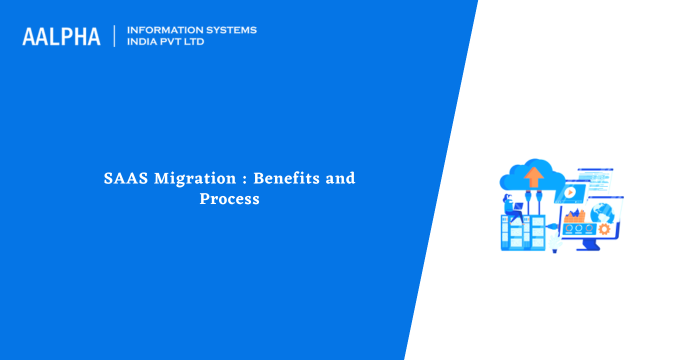
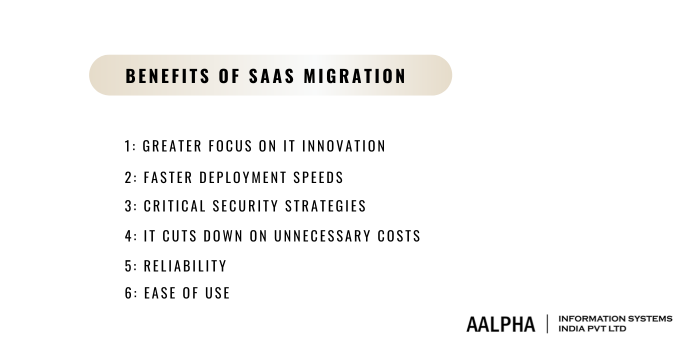
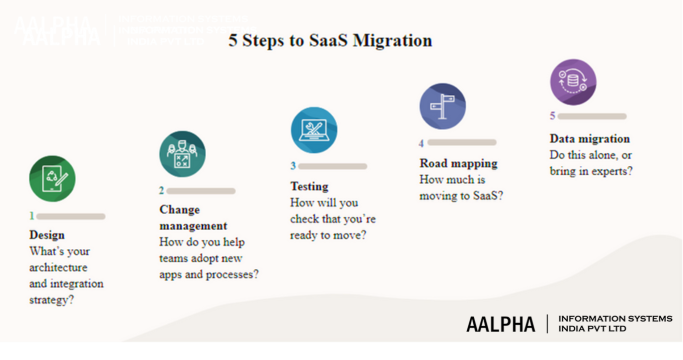
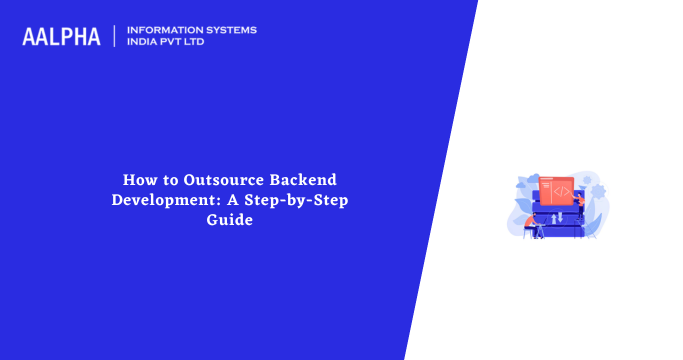
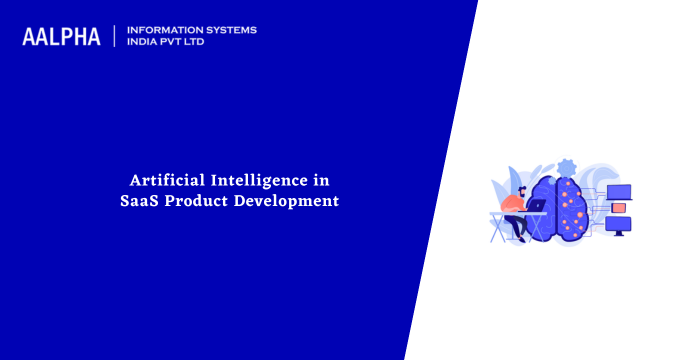
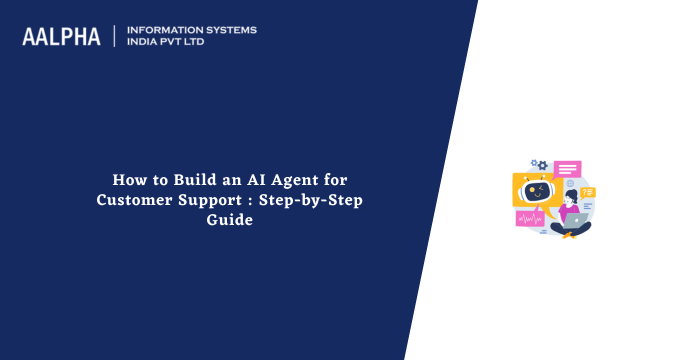
Share This Article:
Written by:
Muzammil K
Muzammil K is the Marketing Manager at Aalpha Information Systems, where he leads marketing efforts to drive business growth. With a passion for marketing strategy and a commitment to results, he's dedicated to helping the company succeed in the ever-changing digital landscape.
Muzammil K is the Marketing Manager at Aalpha Information Systems, where he leads marketing efforts to drive business growth. With a passion for marketing strategy and a commitment to results, he's dedicated to helping the company succeed in the ever-changing digital landscape.